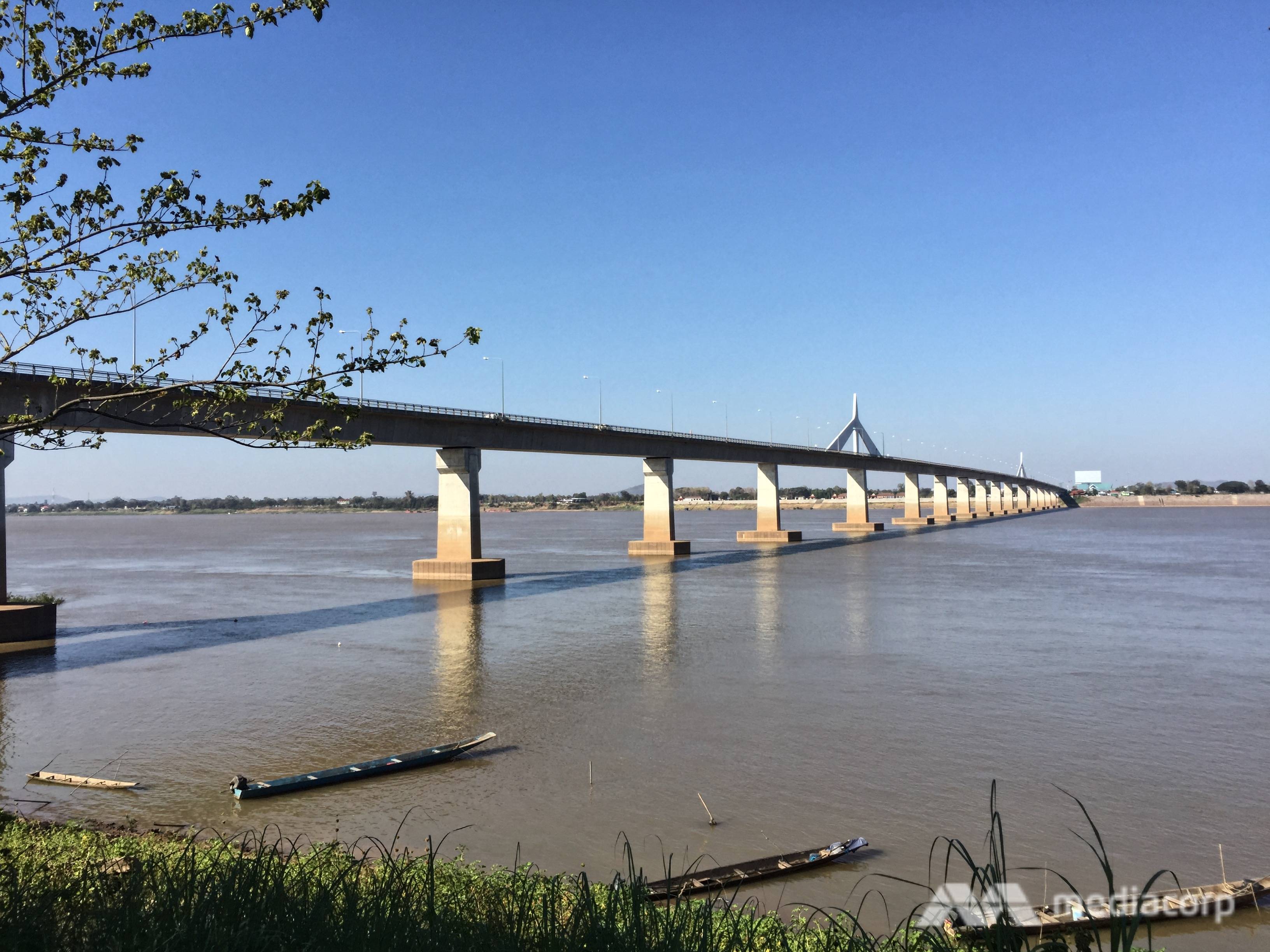Making the most of Water
Sep 20, 2010 (Bangkok Post) The Irrigation Department is speeding up work to consolidate 114,000 rai of land in the vicinity of the newly built Kwai Noi Bamrung Daen Dam, with the help of a 1.58-billion-baht loan from the Japan International Co-operation Agency (JICA).
Rapid progress is seen as essential in order to manage on-farm water distribution through land consolidation efficiently and avoid conflicts over water usage, say experts.
The major challenge will be convincing residents of the need for each property to sacrifice up to 7% of its land to accommodate shared facilities such as roads, dikes and water-control buildings to ensure fair water distribution for everyone.
The dam, located in Wat Bot district in Phitsanulok, was completed last year after five years of construction. It comprises three dams — Kwai Noi, San Takien and a saddle dam — to create a reservoir with a capacity of 912 million cubic metres of water from the
Mr Charun has spent more than 30 years in land consolidation work.
To maximise efficient use of irrigation water, the Irrigation Department is carrying out an intensive land consolidation model, in which farms in the area will be rearranged, said director-general Chalit Damrongsak. Dikes and ditches will be built through each farmer’s land to ensure the fair use of water, while small roads will improve farm product transport.
The consolidation plan began in 2008 and could take until 2016 to complete, covering 114,189 rai of land at a cost of 1.97 billion baht cost, with 387 million from the government budget and the balance from the JICA.
“The Japanese creditor has shown full support for the project but it’s still awaiting the approval from the National Economic and Social Development Board,” said Mr Chalit.
He stressed that land consolidation should be carried out before the water from the reservoir irrigates the area thoroughly, because those villagers living next to water lines may not want to accept change later on.
Land consolidation is one of the two models the department uses to manage water distribution, but it is much more costly and time-consuming than the conventional approach using only dikes and ditches.
Over the past four decades, the department consolidated only 1.87 million rai plot of land while 10.56 million rai were irrigated through dikes and ditches.
“The area is very small when compared with 130 million rai of farmland throughout the country,” said Charun Pookhao, director of the Land Consolidation Office.
Charoon Ratbanchong, the chief of Tha Ngarn village, says small sacrifices and inconveniences should pay off for farm families in the longer term.
In addition to giving up small amounts of their land, area residents will have to absorb 20% of the investment cost, approximately 370 to 400 baht per rai.
Construction of on-farm distribution systems by farmers themselves with government assistance is described in the Ditch and Dike Act of 1962 and the Land Consolidation Act of 1968, but officials say it is necessary to seek wider co-operation from local villagers.
“We have them absorb the expense in order to bring about community participation in ownership of resources and development,” said Mr Charun.
Of the 114,000 rai involved, 1,500 rai have been set aside as pilot project for land consolidation and many farmers were satisfied with the model, hoping for productivity improvement.
The model was first applied in Sing Buri and Chai Nat provinces, which receive irrigation water from the Chao Phraya Dam. It helped improve productivity of rice paddy to as much as 800 kilogrammes per rai.
In Phitsanulok, more than 175,000 rai in the districts of Muang, Phrom Phiram, Bang Rakam and Bang Krathum have been consolidated since 1976, helping the province become a major rice production centre in the Lower North.
Charoon Ratbanchong, the chief of Tha Ngarn village, which is home to 80 farm households, said: “Although we have lost opportunity to carry out farming over the past five years because of construction and consolidation work, we’re quite happy to see water run past each of our farms.” She said her next challenge will be to select representatives to supervise public facilities and co-ordinate with local officials of the Irrigation Department to shut and open the dam’s gates to manage the use of water properly.

